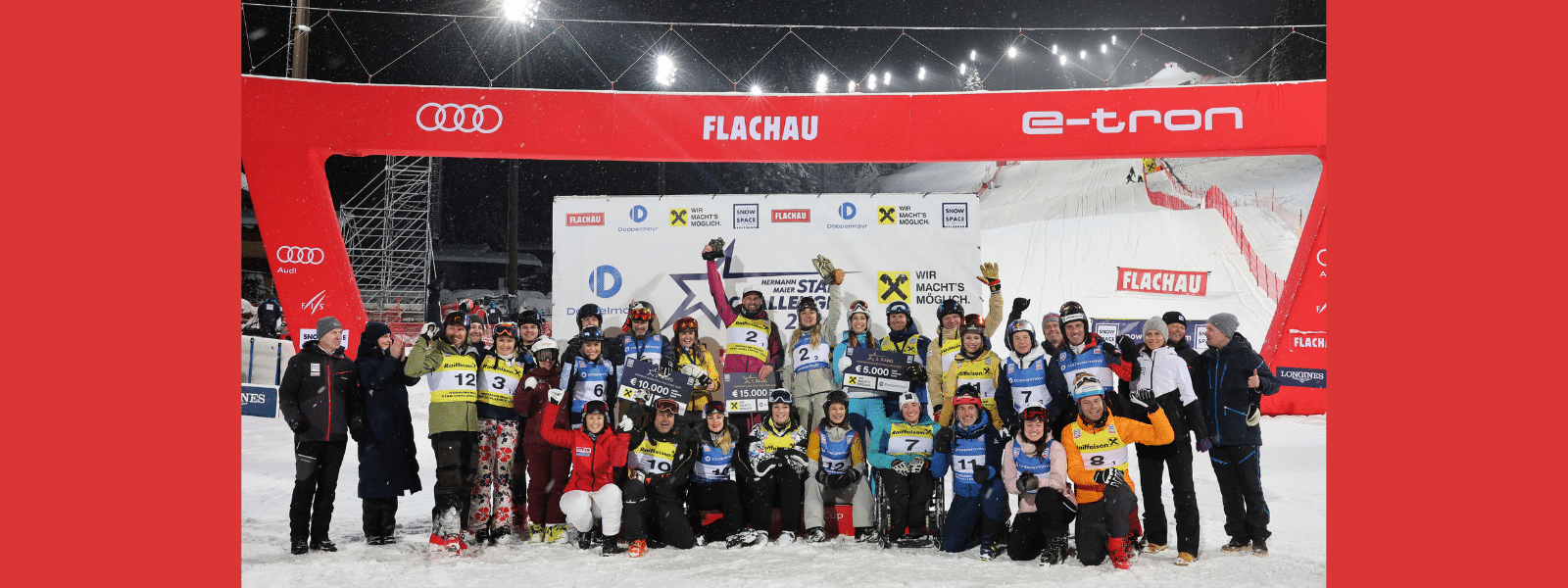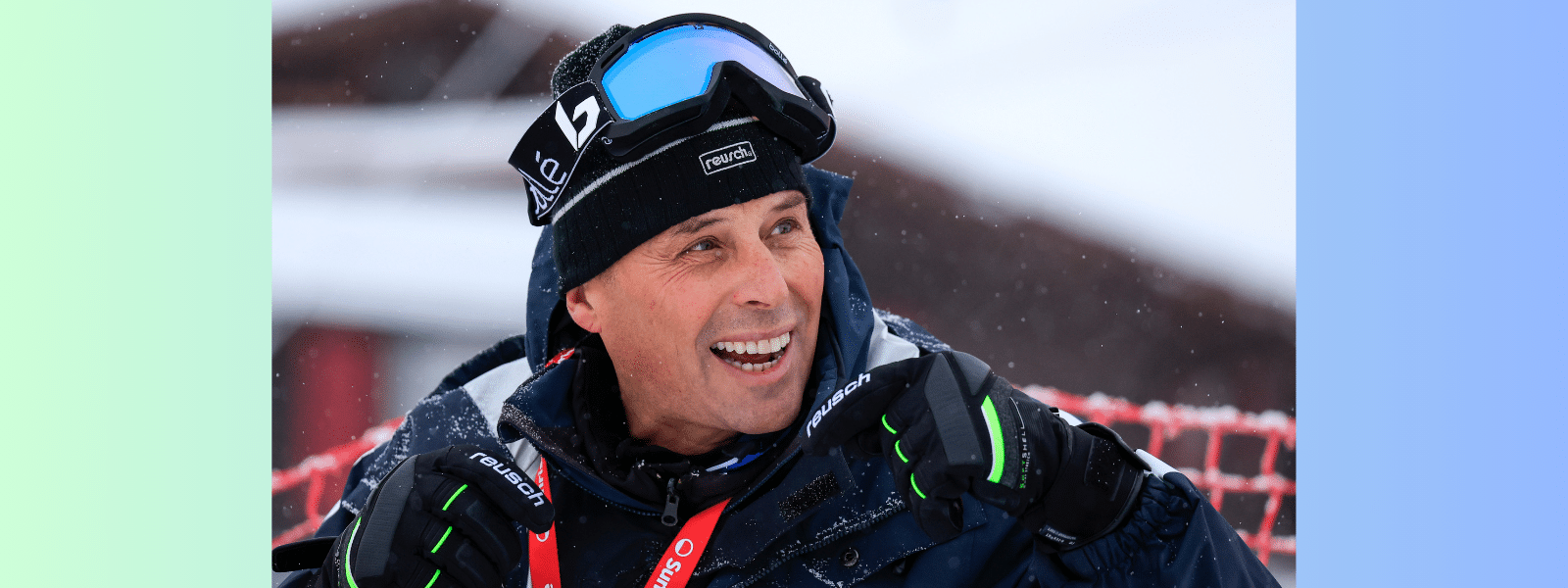Black Diamond: Video on new skis paints a vivid picture
 If you have not already seen Warner Nickerson’s video (see it here) in which he asked 23 top giant slalom skiers on the men’s World Cup circuit to describe the new FIS dictated radius skis, you must do so. At best, and I repeat, at best the new skis are damned with faint praise. Marvelously descriptive terms such as “stout,” “planks”,” two by fours,” are some of the kinder terms used.
If you have not already seen Warner Nickerson’s video (see it here) in which he asked 23 top giant slalom skiers on the men’s World Cup circuit to describe the new FIS dictated radius skis, you must do so. At best, and I repeat, at best the new skis are damned with faint praise. Marvelously descriptive terms such as “stout,” “planks”,” two by fours,” are some of the kinder terms used.
But the most telling segment of Nickerson’s video is a statement by last year’s overall Alpine World Cup champion and giant slalom champion, Austria’s Marcel Hirscher. Hirscher indicates that on hard snow the skis will perform, but what he says is that on long courses such as “Beaver Creek” the athletes will not be able to perform at their top level for the entire course because of the fatigue factor caused by having to use the “planks”.
The reaction of the world’s best comes as no surprise in the face of the ill thought out and arbitrary dictate by the FIS. What is disappointing – besides the lack of integrity by the international governing body which jammed the ruling through with no due diligence and questionable scientific findings under the guise of safety – is how little concern the FIS has shown for skiing and ski sport. Women were completely ignored and were not even asked to participate in the sham. (The consequences of the new radius dictate to women’s ski racing will be the subject of another commentary piece.)
In the central alpine countries where alpine ski racing is a passion, racing is not a sport of choice for general skiers. Certainly, children of the central alpine countries are exposed to racing through their local clubs at an early age, but unlike North America, the selection process for elite level training begins at a much younger age in essence eliminating virtually all but the best by the U-14 level.
Beyond that access to university education is limited in Europe so there is little opportunity for competition at the college level either. Across the Atlantic, college and university level alpine competition is readily available in many North American institutions with over 200 colleges and universities having some form of competition program either through the NCAA or the USCSA.
None of the above was taken into consideration when the FIS mandated that World Cup racers use the new “planks.” In the United States for various reasons USSA loses a great number of racers who fail to continue at the U 18 level. There are many reasons for this; costs, amount of time and focus necessary to be competitive at a FIS level and importantly the demands of education. But now the FIS has provided another reason to leave the sport: new radius ski mandates!
Ski manufacturers can’t be overjoyed with having their most expensive products be called “two by fours.” The industry spends millions of dollars in alpine racing and this is the reaction by the world’s best racers to a product which cost fortunes. Somewhere there is a disconnect and it is easily identified.
Athletes were not involved in the testing process or asked to contribute to the decision process which led to the ski diktat. In essence, the decision was a cop out by the international governing body which deep in its heart of hearts knows that the keys to enhancing safety are snow surface preparation and course set, not making race skis unpleasant and difficult to use.
Unfortunately, not unlike the International Cycling Union (which stuck its head the sand regarding doping – Thankfully, the FIS is a leader in attacking this problem – I am afraid the governing body has put a stake in the ground and will not change short of some disaster such as a quantum increase in injuries to athletes. While the decision was wrongheaded, the organization will never admit that it might have made a misstep. So, for the near term, let’s hope that mule kick turns are the worst of it on the World Cup level and that the ski manufacturers find some way to make skis which can be enjoyed by young racers just entering FIS competition. The FIS is content to go in the other direction. G. B. Jr.





















